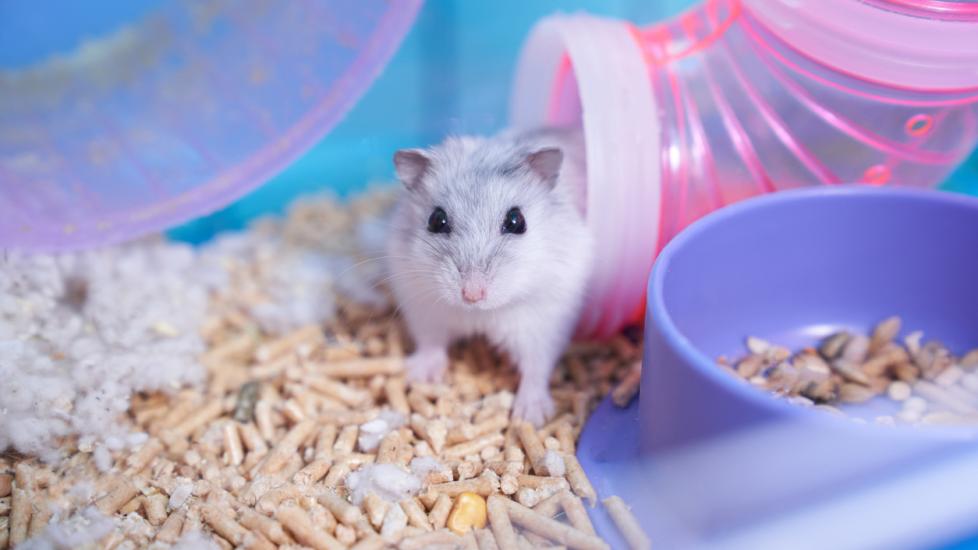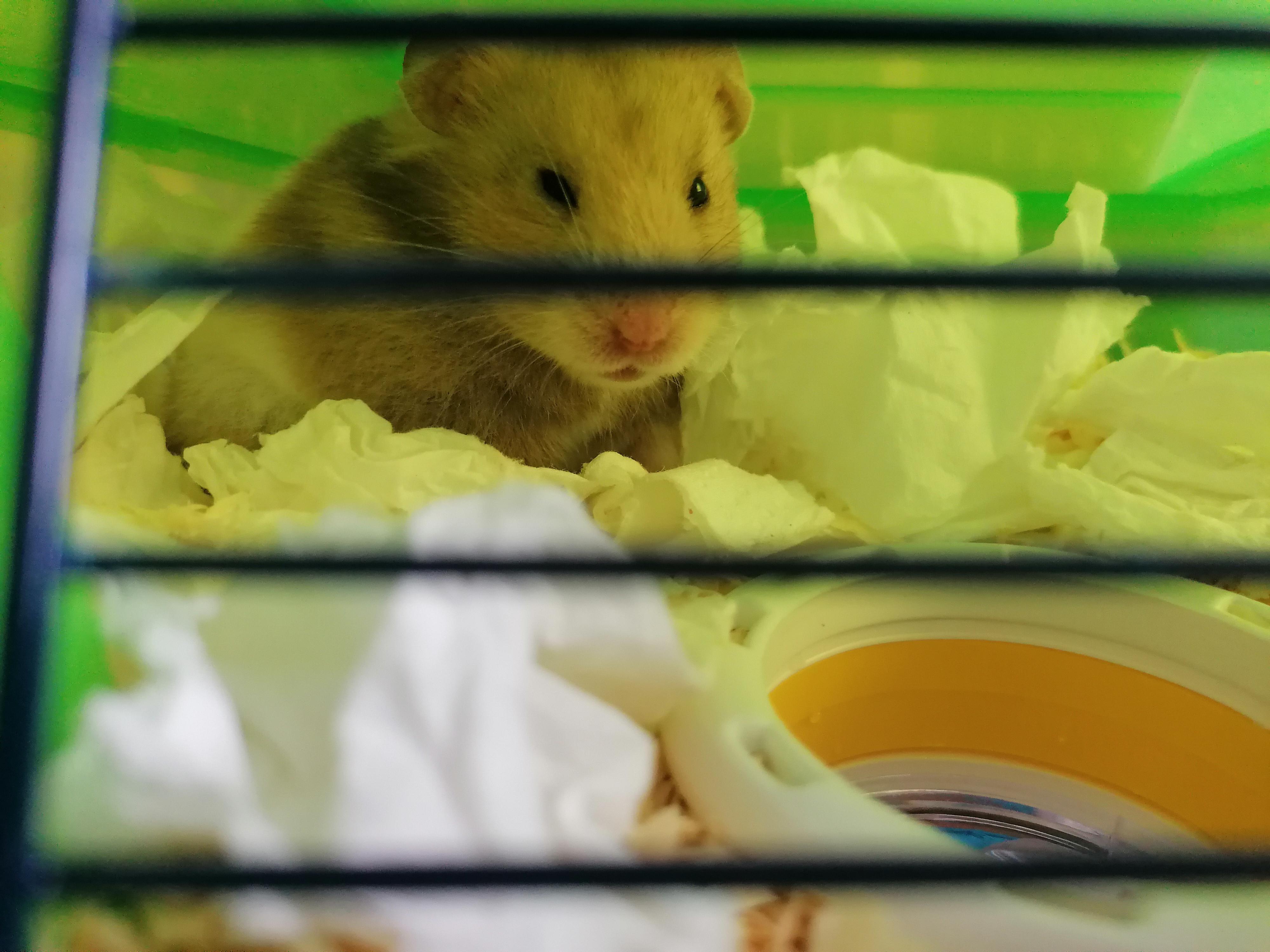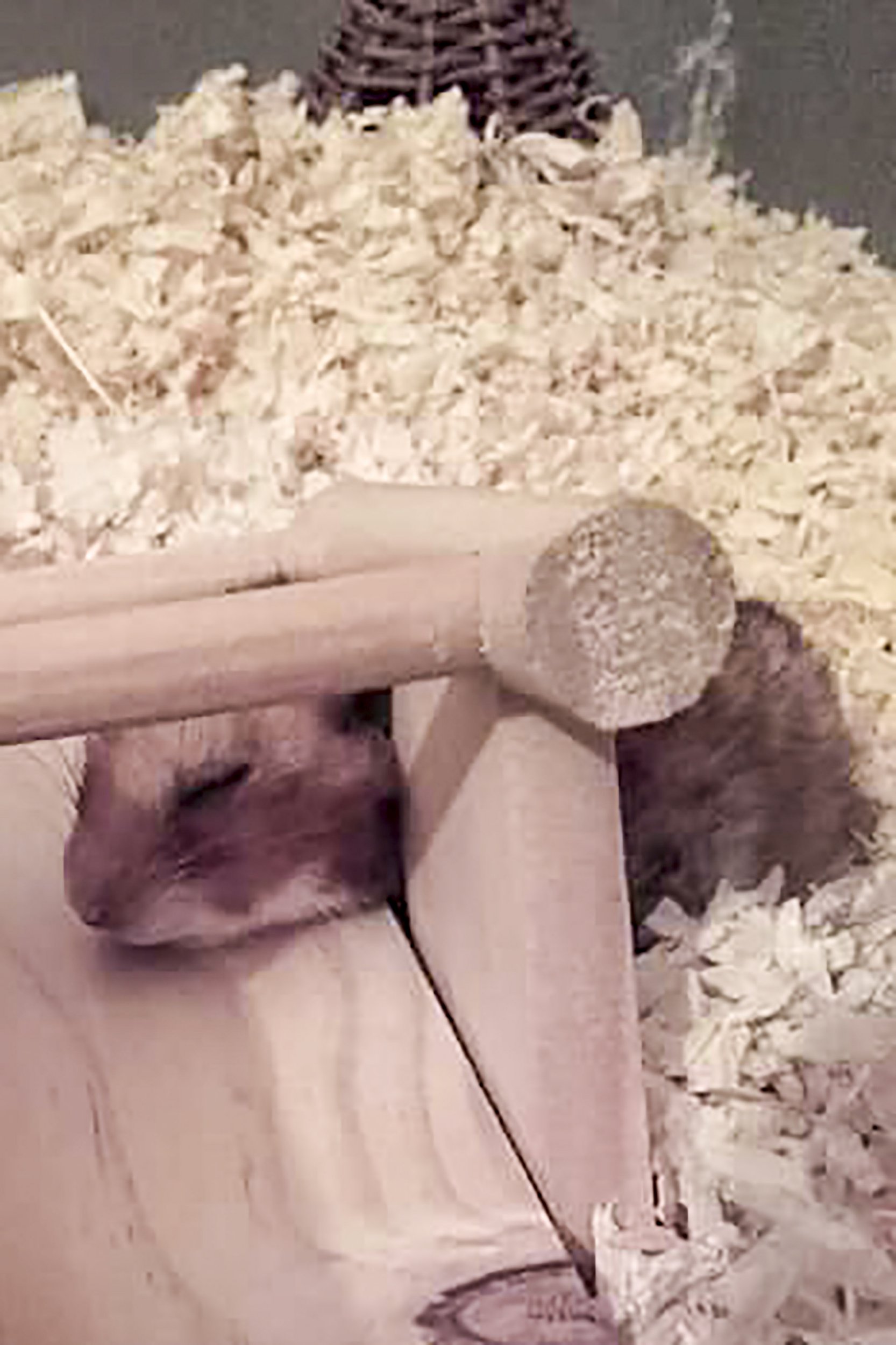Hamsters, those adorable, furry bundles of energy, bring joy to many homes. They are small but mighty creatures, with an average lifespan of two to three years. However, like all living beings, they eventually reach the end of their journey.
As a hamster owner, it can be difficult to know when your beloved pet has passed away. It’s essential to understand the signs of death in hamsters to ensure proper handling and to help you come to terms with the loss.
In this comprehensive guide, we will discuss the various indicators of a dead hamster, address common questions, and offer practical advice on what to do once you’ve determined your pet has passed away. By the end of this article, you will have a better understanding of how to tell if your hamster is dead and what steps to take in such a situation.
>> READ MORE:
- Can Hamsters Eat Watermelon? A Refreshing Debate
- A Tiny Heart with a Big Beat Understanding Hamster Heart Rate
- Do Hamster Bites Hurt? Understanding the Severity of Hamster Bites
- Do Hamsters Hibernate? Understanding Their Winter Behavior
Signs of a Dead Hamster: What to Look For

Hamsters may seem like small and fragile creatures, but they are surprisingly resilient. This resilience can make it challenging to determine if they have passed away. Therefore, it’s crucial to avoid relying on a single indicator and instead observe a combination of signs to accurately identify death in your hamster. Here are some of the most common signs to look for:
Lack of Movement and Response
This is the most obvious and crucial sign to look for when determining if your hamster has passed away. Observe your hamster’s chest for any visible movement. If there is none, it’s likely that they have died. Other signs of lack of movement and response include:
- Absence of Breathing: Place your hand near your hamster’s nose and mouth to feel for any breaths. If there are no signs of breathing, it’s a strong indication of death.
- Unresponsiveness: Gently prod your hamster’s nose or paw. If there is no reaction, or only a slight twitch, it’s another sign that they have passed away.
- No Eye Movement: A hamster’s eyes may remain open after death, but they will be fixed and unresponsive.
Physical Changes
Apart from lack of movement and response, there are some physical changes you can look for to determine if your hamster has died. These include:
- Stiffening: After death, the body will start to stiffen due to a process known as rigor mortis. This typically sets in within a few hours and makes it difficult to move the limbs.
- Coldness: As the body starts to shut down, it will lose its natural warmth, and your hamster’s body will feel cold to touch.
- Color Change: A dead hamster may also have a change in color, with some areas appearing paler or darker than usual.
It’s important to note that not all hamsters show the same physical changes after death. Some may show all of the signs mentioned above, while others may only exhibit one or two. Therefore, it’s crucial to consider all indicators before coming to a conclusion.
Distinguishing Death from Hibernation: Understanding Hamster Behavior

One common concern among hamster owners is mistaking hibernation for death. Hamsters are known to go into a state of hibernation when the temperature drops significantly. During this time, their bodies slow down, and they may appear unresponsive or “dead.” But how do you know if your hamster is hibernating or has actually passed away?
Here are some key differences between hibernation and death in hamsters:
| Indicator | Hibernation | Death |
|---|---|---|
| Breathing | Slow and shallow | Absent or irregular |
| Body Temperature | Cold to the touch | May feel slightly warmer than usual |
| Eye Movement | Eyes may be closed or partially open | Eyes remain open and unresponsive |
| Response to Touch | May twitch or show slight movement | No response |
| Physical Changes | Body is relaxed and flexible | Stiff and difficult to move |
| Time Spent in State | Can last up to several days | Continues for an extended period of time |
| Environment | Hibernation usually occurs in colder temperatures | Death can occur at any temperature |
It’s essential to note that hibernation in hamsters is a natural survival mechanism and should not be interrupted. If you suspect your hamster is hibernating, do not disturb them and keep an eye on their behavior. However, if you are unsure and concerned about your hamster’s wellbeing, it’s always best to consult a veterinarian.
Unresponsive Hamster: When to Contact a Veterinarian

Losing a pet can be a heartbreaking experience, and as a responsible owner, it’s natural to want to do everything possible to save them. However, sometimes death is inevitable, and there may be nothing you could have done to prevent it. Depending on the circumstances, it may be best to contact a veterinarian for guidance and support.
Here are some instances when it may be necessary to seek professional help for your hamster:
- Your hamster has passed away suddenly, without showing any signs of illness or injury.
- Your hamster was recently ill or injured, and you are unsure if they have recovered or succumbed to their condition.
- You are unsure if your hamster is dead or hibernating, and you are concerned for their well-being.
- You are experiencing grief and need support in dealing with the loss of your pet.
In such situations, a veterinarian can provide you with expert advice and help you come to terms with the loss of your hamster. They may also be able to determine the cause of death and offer guidance on what steps to take next.
Handling a Dead Hamster: Practical Tips for Owners

Once you have determined that your hamster has passed away, it’s essential to handle their body with care and respect. Here are some practical tips to guide you through this process:
- Use gloves or a clean towel to pick up your hamster’s body. This will prevent any direct contact and ensure proper hygiene.
- Place your hamster’s body in a small box lined with soft bedding, such as tissue paper or cotton, for comfort.
- Consider burying your hamster in an appropriate location, such as your backyard or a pet cemetery. If you live in an apartment or do not have access to a suitable outdoor space, you can also opt for cremation.
- It’s advisable to wrap your hamster’s body in a cloth or paper before burying or cremating them.
- Take some time to say goodbye to your pet and grieve their loss. It’s natural to feel sad and emotional, and it’s essential to allow yourself to experience these feelings.
It’s crucial to handle the passing of your pet with sensitivity and care. Remember that your hamster was a cherished member of your family, and they deserve to be treated with love and respect even after they have passed away.
Mourning the Loss of a Hamster: Tips for Coping with Grief

Losing a pet is a difficult and often painful experience. As a hamster owner, you may have formed a deep bond with your pet, making their passing even more challenging to cope with. It’s essential to allow yourself to grieve and process your emotions during this time. Here are some tips to help you cope with the loss of your hamster:
- Talk to someone: Sharing your feelings with a trusted friend, family member, or even a therapist can be cathartic and help you come to terms with your loss.
- Create a memorial: Consider creating a small memorial for your hamster, such as a photo collage or a personalized item, to honor their memory.
- Take care of yourself: Grieving can take a toll on your emotional and physical well-being. Make sure to practice self-care and give yourself time to heal.
- Remember the good times: Instead of focusing on the loss, try to remember and cherish the happy memories you shared with your hamster.
Every person grieves differently, and there is no right or wrong way to mourn the loss of a pet. Take your time and allow yourself to heal at your own pace.
Conclusion
The passing of a beloved pet is never easy, but it’s an inevitable part of owning a hamster. Understanding the signs of death in hamsters and how to handle the situation when it arises is crucial for every owner. By being aware of the indicators of death, knowing how to distinguish hibernation from death, and seeking professional help if needed, you can ensure that your hamster is given the best care, even in their final moments.
Remember to handle the body of your deceased hamster with respect and sensitivity, and take the time to mourn your loss. Your hamster may be gone, but the memories and love you shared will always remain with you.

